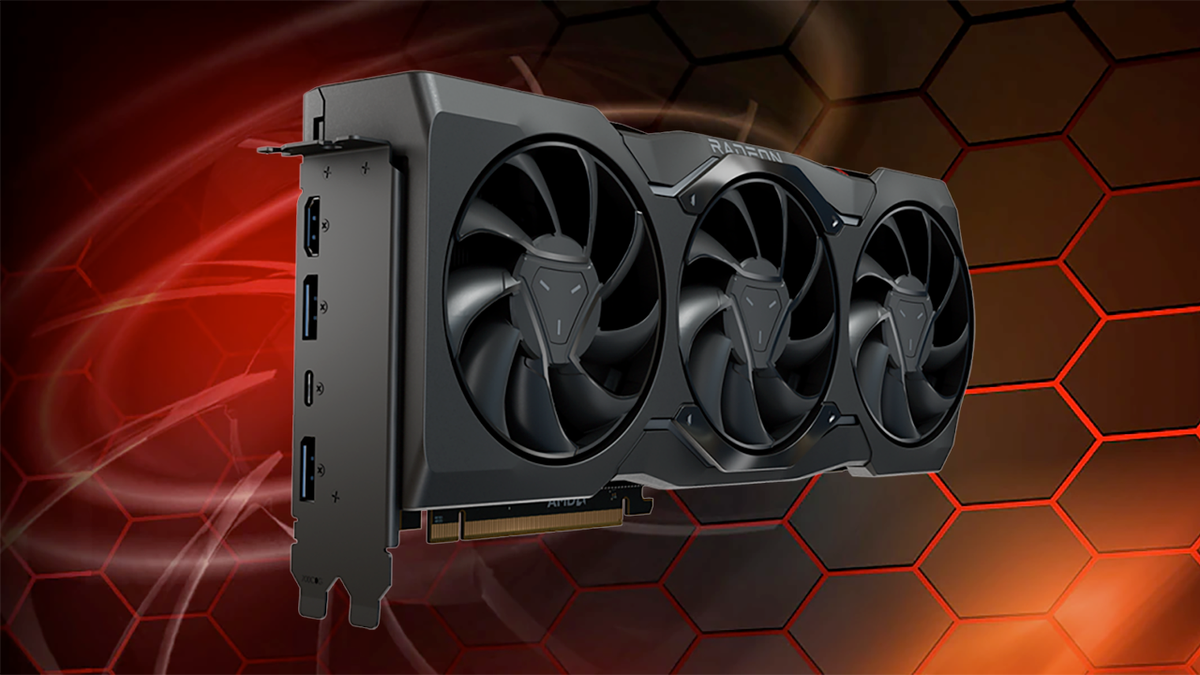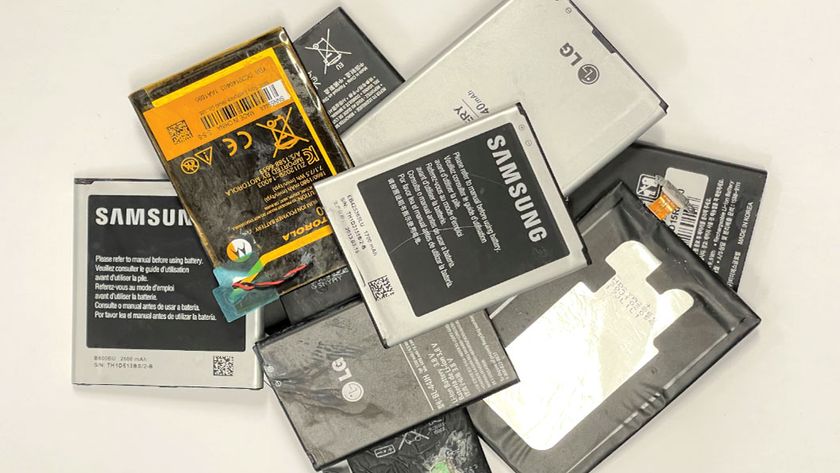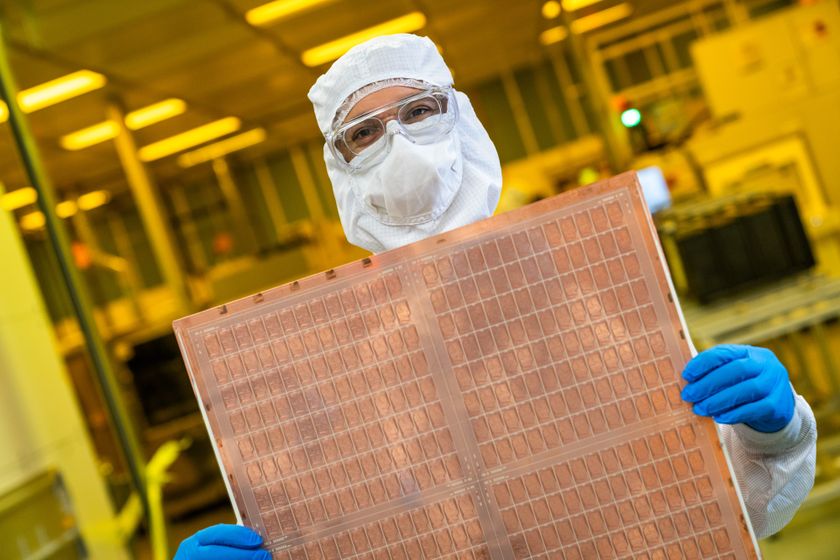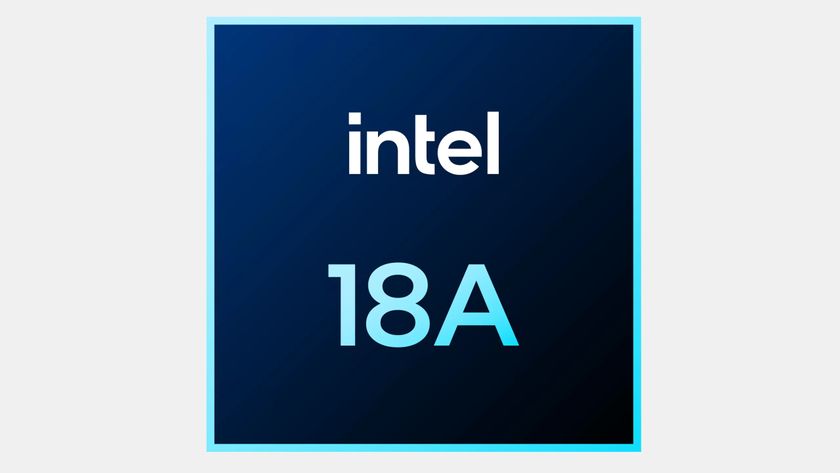AMD RX 9070 series to benefit from 'maximum performance' tuning ahead of touted March release
FSR 4 ready titles should be more plentiful, too.

Earlier this week David McAfee, AMD's corporate vice president and general manager of client channel business, announced that the company would release its next-generation Radeon RX 9070-series graphics cards this March. Late on Wednesday, he clarified that the company wants its partners to deliver as many custom boards to retailers as possible to ensure widespread availability on release day. In the meantime, AMD will polish its drivers to ensure the new products are among the best graphics cards straight out of the gate.
"We are focused on ensuring we deliver a great set of products with Radeon 9000 series," McAfee wrote in another X post. "We are taking a little extra time to optimize the software stack for maximum performance and enable more FSR 4 titles. We also have many partners launching Radeon 9000 series cards, and while some have started building initial inventory at retailers, you should expect many more partner cards available at launch."
So far, AMD has disclosed that its Radeon RX 9070 and Radeon RX 9070 XT graphics cards are based on the RDNA 4 architecture and are positioned for performance-mainstream market segments, something that is indirectly confirmed by a rather moderate die size of the Navi 48 graphics processing unit. The company has not disclosed the actual specifications of these add-in-boards — even though there are rumored specs — so it is hard to make educated guesses about the performance of these products.
As it turns out, AMD intends to spend the next 1.5 – 2 months finessing drivers for its RDNA 4 architecture and probably ensuring that FSR 4 technology works with a higher number of games. This will promote out-of-box performance of the new graphics cards and will likely demonstrate a decent uptick compared to predecessors with FSR 4 enabled. It is expected that FSR 4 will support frame generation technology and this capability significantly improves performance on paper.
AMD's partners will also have a couple of extra months to learn how to better enhance performance of AMD's Radeon RX 9070 and Radeon RX 9070 XT graphics processors, so perhaps some AIB models will feature significant performance enhancements achieved by factory overclocking the GPU.
Finally, with positive reviews and plenty of factory-overclocked models, AMD hopes to grab a larger chunk of the market from its rival Nvidia, which initially focuses on the highest end of the market with its GeForce RTX 50-series products. Of course, it remains to be seen whether AMD indeed manages to occupy a significant part of the market without a real halo product.
Stay On the Cutting Edge: Get the Tom's Hardware Newsletter
Get Tom's Hardware's best news and in-depth reviews, straight to your inbox.

Anton Shilov is a contributing writer at Tom’s Hardware. Over the past couple of decades, he has covered everything from CPUs and GPUs to supercomputers and from modern process technologies and latest fab tools to high-tech industry trends.
-
Jabberwocky79 I mean, the strategy could pay off if AMD can actually stock enough supply to meet the demand. While Nvidia farts around with undersupply, the majority of GPU shoppers aren't likely to get one before March anyhow.Reply -
artk2219 Reply
I agree, but they still need to have some sort of event sometime soon that sets some solid expectations and clarifies, dispels, or solidifies some of the information thats already come out. Currently it just sounds like a used car salesman telling you to trust them, its a great deal, you'll love it, and no you cant see the specs, carfax, or paperwork just yet.Jabberwocky79 said:I mean, the strategy could pay off if AMD can actually stock enough supply to meet the demand. While Nvidia farts around with undersupply, the majority of GPU shoppers aren't likely to get one before March anyhow. -
Mama Changa Reply
No, they want to see what the 5070 + Ti, brings to the table as that is their only competition for the 9070/XT. They can then choose to release on thweir own terms not Nvidia's and try and offer something that shows substantially better performance per dollar.artk2219 said:I agree, but they still need to have some sort of event sometime soon that sets some solid expectations and clarifies, dispels, or solidifies some of the information thats already come out. Currently it just sounds like a used car salesman telling you to trust them, its a great deal, you'll love it, and no you cant see the specs, carfax, or paperwork just yet.
Steve at hardware unboxed has already alluded the 5070 and 5080 parts will deliver underwhelming upgrades over Ada so AMD can certainly make a compelling case for RDNA4. The new boss has made it clear AMD won't be rushed like what happened with the RDNA3 fiasco. -
artk2219 Reply
While I get that, and I agree that waiting is the prudent move, they still should put out something to at least set the narrative. Currently with the bait and switch at CES, and the sudden 2 month push out on the release date, it seems like they were caught with their pants down, and aren't quite sure how to respond. In a sense its good to see that they've learned from some of their mistakes in the past, but it also reinforces the fact that some of the things AMD has historically been faulted for still very much exist. I personally want them to succeed, but currently they look look like they're fumbling all over the place with this launch.Mama Changa said:No, they want to see what the 5070 + Ti, brings to the table as that is their only competition for the 9070/XT. They can then choose to release on thweir own terms not Nvidia's and try and offer something that shows substantially better performance per dollar.
Steve at hardware unboxed has already alluded the 5070 and 5080 parts will deliver underwhelming upgrades over Ada so AMD can certainly make a compelling case for RDNA4. The new boss has made it clear AMD won't be rushed like what happened with the RDNA3 fiasco. -
PiersPlowman Reply
If there were a compelling case for RDNA4 it would have already been made. Cf the bullish launch for the original Ryzen.Mama Changa said:Steve at hardware unboxed has already alluded the 5070 and 5080 parts will deliver underwhelming upgrades over Ada so AMD can certainly make a compelling case for RDNA4. The new boss has made it clear AMD won't be rushed like what happened with the RDNA3 fiasco.
Hoping your competitor will sandbag their new products so you can pull their pants down over availability doesn't sound like a safe strategy to me; folks will just sit on their existing build until availability increases, or worse, if the 5000 series cards are readily available.
Intel is cornering the low end, Nvidia the high, so where does that leave RDNA4? Especially as it is currently vaporware. -
KyaraM Reply
You mean like the last time people claimed that nonsense, which was the RX 7000 launch failure? You know, when people claimed AMD's strategy was to massively undercut Nvidia, then just priced their cards essentially the same xDMama Changa said:No, they want to see what the 5070 + Ti, brings to the table as that is their only competition for the 9070/XT. They can then choose to release on thweir own terms not Nvidia's and try and offer something that shows substantially better performance per dollar.
Steve at hardware unboxed has already alluded the 5070 and 5080 parts will deliver underwhelming upgrades over Ada so AMD can certainly make a compelling case for RDNA4. The new boss has made it clear AMD won't be rushed like what happened with the RDNA3 fiasco.
And HWU can allude to whatever the heck he wants without proof, does he even have the card yet? Especially the 5070? Why didn't he release anything yet about the 5080? His 5090 video dropped yesterday. Also, does that mean the 5070Ti is a good upgrade, then? In that case, AMD lost already because that's their big competitor and the past showed they love to screw themselves over with dumb pricing decisions, and with how much we know about their cards (read, next to nothing), I highly doubt their current strategy of "don't tell, don't show" will do them any good. I mean, looking at marketshare they could probably sell the cards for half the price and still wouldn't get close to Nvidia in that area, and Nvidia would barely even feel the lost revenue due to their AI chips, let's be honest here. -
Lucky_SLS I honestly feel like the 9700XT should have come with more VRAM to better differentiate it with the 9700. like the 7900XT and the XTX. No one is utilising Samsung's GDDR6W modules.Reply -
oofdragon Except from Indiana Jones no game needs more than 16GB, which means Indiana is still unoptimized btw and will be patched just like TLoU was. What really counts here is raw performance and we got this covered, AMD will simply crush Nvidia this time based on price to performance ratio, it's a shame consumers are not smart enough to understand this thoughReply -
hotaru251 and its backfired on em already.Reply
I was going to go red this gen as I need a GPU upgrade for Wilds. (and really didnt wanna pay more for less vram)
AMD delaying it a month after wilds release is an instant "no". I will end up buying Nvidia's new gen instead.
I can not wait a month to play game I will sink the most hours into for the next yr.


